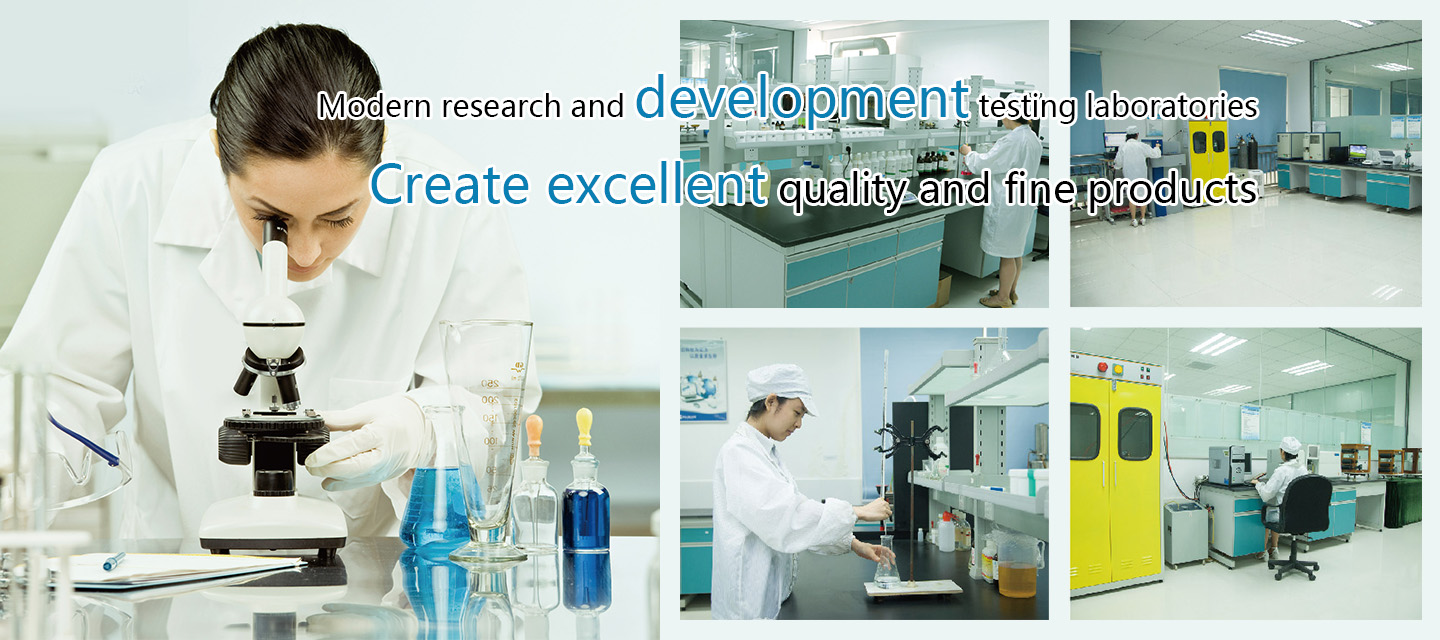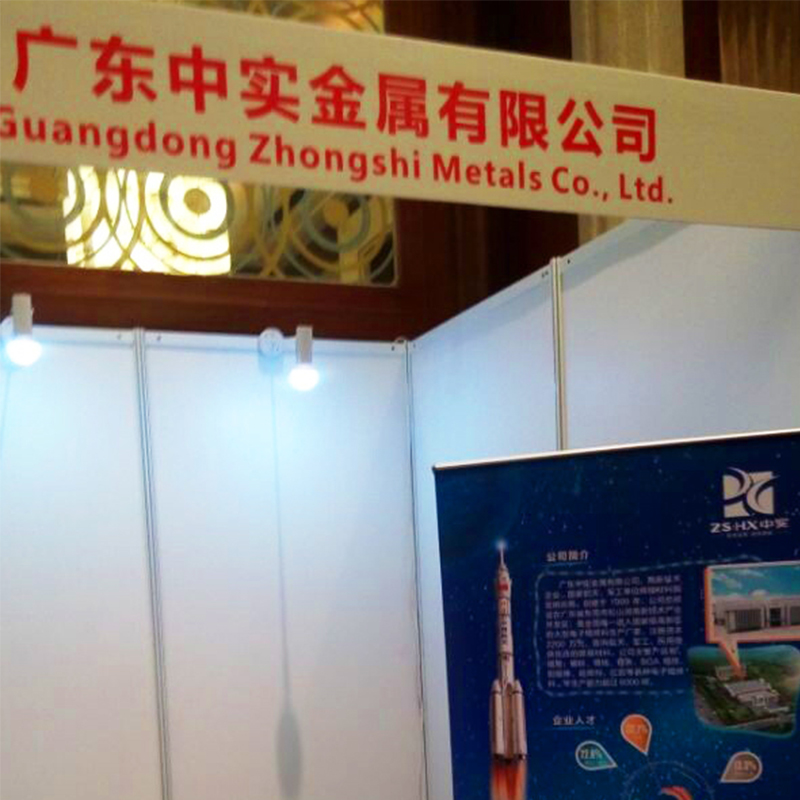



(Summary description)Since the miniaturization of electronic products continue to need, there has been the chip components, conventional welding methods can not meet the need. Firstly, the reflow process in hybrid integra
(Summary description)Since the miniaturization of electronic products continue to need, there has been the chip components, conventional welding methods can not meet the need. Firstly, the reflow process in hybrid integra

Since the miniaturization of electronic products continue to need, there has been the chip components, conventional welding methods can not meet the need. Firstly, the reflow process in hybrid integrated circuit assembly, assembly and welding of components, most of chip capacitors, chip inductors, mount transistors and diodes. With the entire SMT technology maturing, multiple chip components (SMC) and mount device (SMD) the emergence of technology as part of a reflow mounting technology and equipment has also been a corresponding development, its increasingly widespread application, in almost all electronic products have been applied, and reflow technology around improving equipment also experienced the following stages of development.
1. Hot plate (Hot-plate) and push the plate-type heat conduction plate reflow:
Such reflow oven heat source to rely on a conveyor belt or push plate under the heating element on the substrate by thermal conduction mode for ceramic (Al2O3) substrate, thick film circuit single assembly, the ceramic substrate only posted on the belt to get enough calories, simple structure and inexpensive. Some of Houmodianlu plant in the early 1980s has been the introduction of such equipment.
2. Infrared radiation reflow:
Such reflow ovens are mostly belt type, but only from the belt holder, the transfer effect of the substrate, according to its main infrared heating source radiative heating, the temperature inside the furnace evenly than the former method, a large mesh suitable for double-sided board assembly reflow soldering heat. Such reflow furnace can be said that the basic type reflow oven. In a lot of use, the price is relatively cheap.
3. Infrared heating wind (Hot air) reflow:
Such reflow furnace together on the basis of IR furnace hot air furnace temperature is more uniform, when the simple use of infrared radiation heating, it was found in the same heated environment, different materials and colors absorb heat is different, namely ( 1) wherein Q values are different, and thus different temperature rise ΔT caused, e.g., IC and other SMD package black phenolic or epoxy, and the lead is white metal, when heated alone, leads a temperature below its SMD black body. After adding hot air can make the temperature more uniform, and to overcome the differences and shadow endothermic bad situation, IR + Hot air reflow oven at the international level has been widely used today.
4. Nitrogen (N2) reflow:
As the packing density increases, it appears fine pitch (Fine pitch) assembly technology, resulting in a nitrogen reflow soldering processes and equipment to improve the quality and yield of reflow, has become the development direction of reflow. Nitrogen reflow has the following advantages:
(1) preventing the oxidation reduction
(2) improve the welding wetting force, to accelerate the rate of wetting
(3) to reduce the generation of solder balls, to avoid the bridge to give the column a good welding quality
Get the column a good welding quality is particularly important is that you can use a lower activity flux paste, solder joints but also can improve performance and reduce the base color, but its disadvantage is that a significant increase in costs, the increase of The cost depends on the amount of nitrogen increases, when you need to reach 1000ppm oxygen furnace and 50ppm oxygen, nitrogen demand is radically different. Now solder paste manufacturers are working to develop a higher oxygen content in the atmosphere can be well-clean solder paste, so that you can reduce nitrogen consumption.
For the introduction of nitrogen in reflow soldering, cost-benefit analysis must be carried out, its benefits include product yield, quality improvement, rework or reduce maintenance costs, etc., complete and correct analysis will often reveal the introduction of nitrogen did not increase the final cost Instead, we are able to benefit from it.
In most furnaces currently used are forced hot air circulation type, in which the furnace control nitrogen consumption is not an easy task. There are several ways to reduce nitrogen consumption, reduce import and export of opening the oven area, a very important point is to use the spacer, shutter or similar device to block the import and export of that part of the space is not used, the other one way is the use of hot nitrogen layer is lighter than air and difficult mix of principles, in the design of the furnace when it makes the heating chamber is higher than the import and export, so the heating chamber to form a natural blanket of nitrogen to reduce the compensation amount of nitrogen and maintenance the required purity.
5. Double-sided reflow
Double-sided PCB has been very popular, and gradually become complex when up, it can be so popular, mainly because it provides designers flexibility in space very well, to design a more compact, compact, low-cost products . To date, two-panel generally by reflow soldering above (component side), then to weld the following (pin side) by soldering. The current trend tends to double-sided reflow, but this process technology, there are still some problems. Large plate bottom member may be in the second reflow process fall, or partial melting of the bottom of the solder joints caused by solder joint reliability problems. There are several ways have been found to achieve double-sided reflow soldering: one is to use glue to stick to the first surface element, that when it is turned over a second time will be entered into the soldering element fixed in position and not fall fall, this method is very common, but requires additional equipment and operating procedures, thus increasing costs. The second is the application of solder alloys of different melting points, making the first side is the higher melting point alloy and the second surface when doing a low melting point alloy, the problem with this approach is likely to be low-melting alloy to select the final product limit operating temperature, and high melting point alloy is bound to raise the temperature reflow, it might damage the components and the PCB itself. For most elements, splice sufficient surface tension of molten tin, then grab the bottom of the element forming a highly reliable solder joints than the area of the element weight and the pins are used to measure whether this success can be welded a standard, usually in the design When using 30g / in2 this standard, the third is in the lower part of the furnace cold blow method, so you can maintain a temperature below the melting point of the bottom of the PCB solder reflow in the second. But the underlying problem is due to the temperature difference between the upper and lower generation, resulting in internal stress, we need to use effective means and procedures to eliminate stress and improve reliability.
These problems are not the process is very simple. But they are being successfully resolved into. Needless to say, in the next few years, double panel intermittently in the number and complexity of the great development.
6. Through-hole reflow
Sometimes called through-hole reflow reflow classification element, it is gradually rising. It can remove wave link, and become mixed technology PCB in a step of the process. One of the biggest advantage is that you can play the advantages of surface mount manufacturing process while using the plug-in to get a better through-hole mechanical coupling strength. For the flatness of the larger size of PCB board can not make all-pin surface mount components can contact with the land, while the even pins and pads can contact it provides mechanical strength often is not big enough, it is easy to disengage the use of products and become the point of failure.
Although the through-hole reflow can be made to obtain repayment of benefits, but there are a few drawbacks, solder paste volume, this will increase in the practical application of flux due to volatilization of the cooling machine to produce the degree of pollution, the need for an effective aid flux residue cleaning device. Another point is that many of the connector is not designed to withstand reflow temperatures, early based on direct infrared heating furnace is not applicable, the stove lack of effective heat transfer efficiency to deal with the general surface mount components with complex geometry and appearance through-hole connectors on a PCB with capacity of. Only large capacity with a high forced convection heat transfer stove, be possible to achieve through-hole reflow, and has also been proven, the remaining question is how to ensure that the through-hole solder paste and components have a proper reflow foot temperature profile. With improvements in technology and components, through-hole reflow will be more and more applied.
7. Lead-free reflow
For reasons of environmental protection, and lead in the 21st century will be severely restricted. While the electronics industry using lead relatively small, less than 1% of all use, but are also disabled list, it will be phased out over the next few years. Now developing reliable and economical lead-free solder. Currently developed a variety of alternatives generally have higher than tin-lead alloy melting temperature of about 40C, which means reflow must be conducted under higher temperatures. Consumers may be partially attached nitrogen temperature increase due to the increase in oxidation and damage in addition to the PCB itself. But the industry must be approved by this is probably a painful learning period to solve the problems encountered, the workers as soon as the application process, time is not much of the province, and many are now using the stove is designed with high operating temperature does not exceed 3000C, For lead-free solder or eutectic point solder (for BGA, double panel, etc.) in terms of, you need a higher oven temperature, these new processes often require recirculation zone temperature reaches 3500C ~ 4000C, the furnace must be designed changes to meet this requirement, the machine must be modified heat sensitive member, or to take measures to prevent the heat transmitted to these parts.
8. Continuous flexible board reflow
Special treatment furnace has been developed continuous flexible board-mounted SMT components. And general reflow oven stove biggest difference is that this requires a special track to deliver flexible board. Of course, this also needs to be able to handle a continuous furnace board issues. For isolated PCB board in terms of the flow of the furnace and the situation in the preceding paragraphs station no dependencies, but rolls continuous flexible board, flexible board in the entire line is continuous, on-line any particular problem , pause it means across the board must stop, thus creating a special problem, stop the stove in part due to overheating and damage, therefore, such a furnace must have the ability to stop the random strain, the segment continued processed flexible plate, and In continuous operation across the board recovery time to return to normal working condition.
9. Vertical oven technology
Reduce the size of the market for demand, CSP (such as FLIP CHIP) get more applications, so that after the component placement has a smaller footprint and higher signal transfer rate. Glue filling or be used to enhance solder structure so that it can withstand the stress due to thermal expansion coefficient live silicon and PCB material inconsistencies arising from general often use the drops or the wafer reclamation method sealed with glue. Many of these plastic packaging requires a long curing time, in terms of the line production of stoves is unrealistic, often use a batch ovens, vertical ovens but has been proven to successfully carry out the curing process, and its temperature curve simpler than ordinary reflow oven, the oven uses a PCB vertical transmission system to play the role of a buffer / accumulation zone, thus extending the time the PCB in a small footprint oven resides.
Above we introduced improvements around the equipment, reflow equipment Developmcnt. Development reflow process received on facts to promote the following two:
1. Electronic products to short, small, light, thin development. Assembly of high density, SMC / SMD fine-pitch, SMC / SMD series of different specifications, in particular shaped elements and electromechanical components increased, which forced many of the new developments in the important process as SMT - Reflow Process also facing challenges, needs to continue to develop and improve in order to improve the welding quality and yield.
2. Development of human civilization today, control waste (waste gas, waste, waste water) protection of the environment has become a consensus. The traditional paste containing flux, welding residue after solvent needed (CFC) and acetone to clean Freon, which solvent will pollute the environment, in order to avoid contamination corresponding cleaning process and there has been no clean water There are new solder paste process.
Guangdong Zhongshi Metals Co., Ltd All rights reserved
粤ICP备2023074191号
Powered by www.300.cn
Site Admin
Guangdong Zhongshi Metals Co., Ltd
Phone:0769-85231818 FAX:0769-85231838
Address:No.2,North Industy No.1 Road,Songshan Lake High-tech Industry development Zone,Dongguna City
Dongguan Songshan Lake High-tech Industrial
Development Zone, the industrial north
Site:http://www.zs-jt.cn